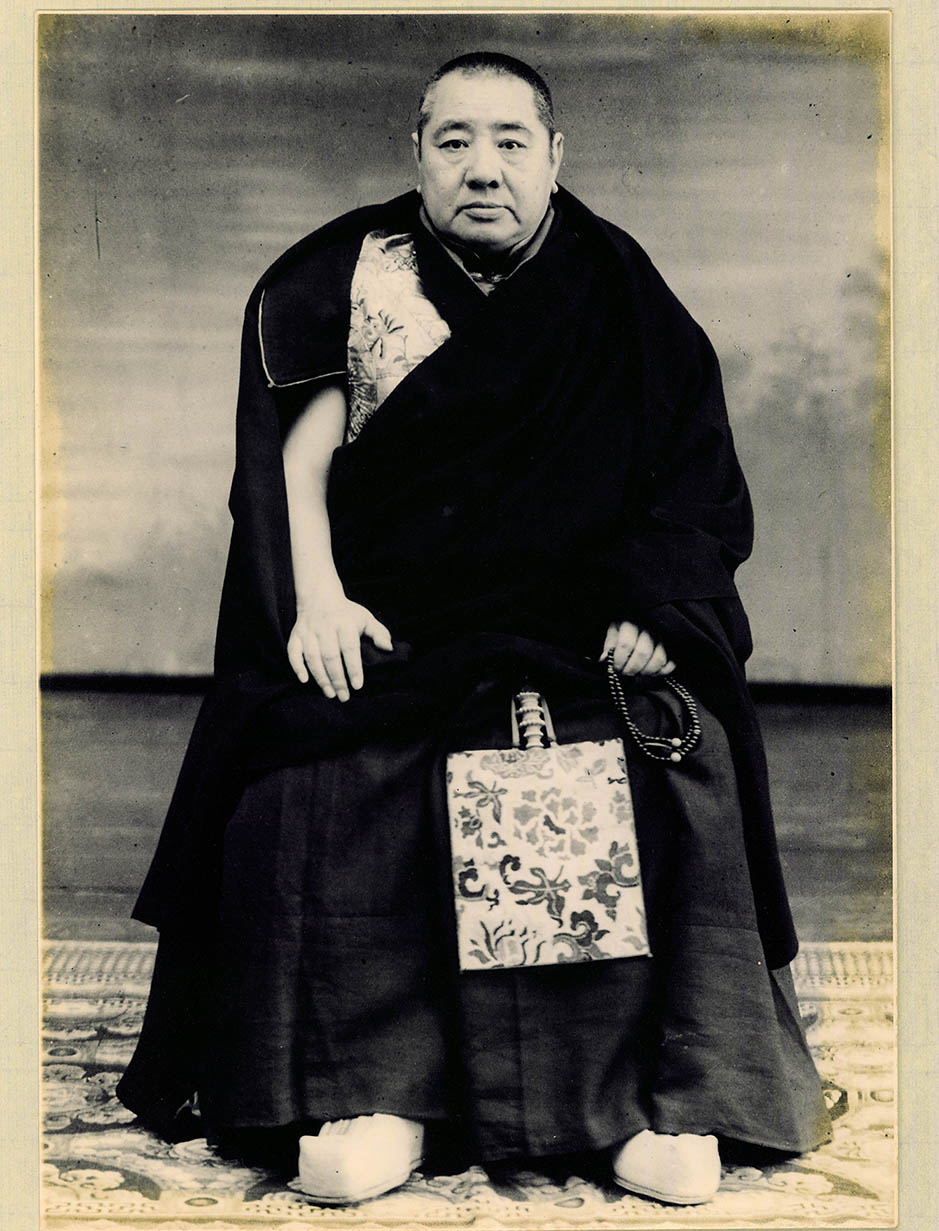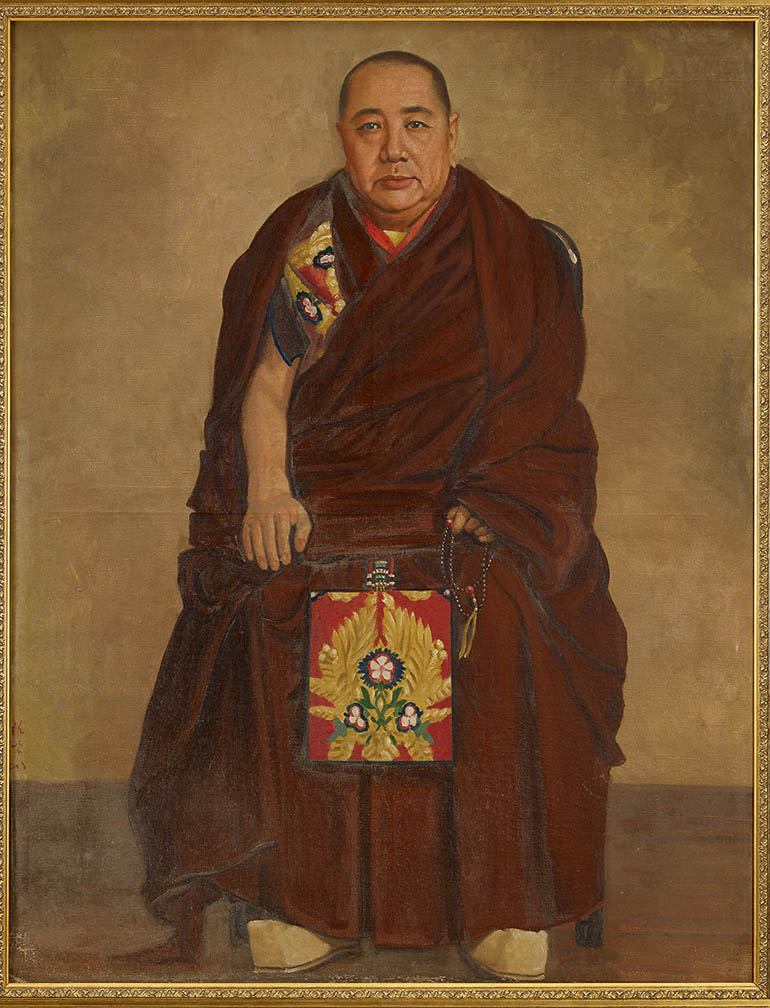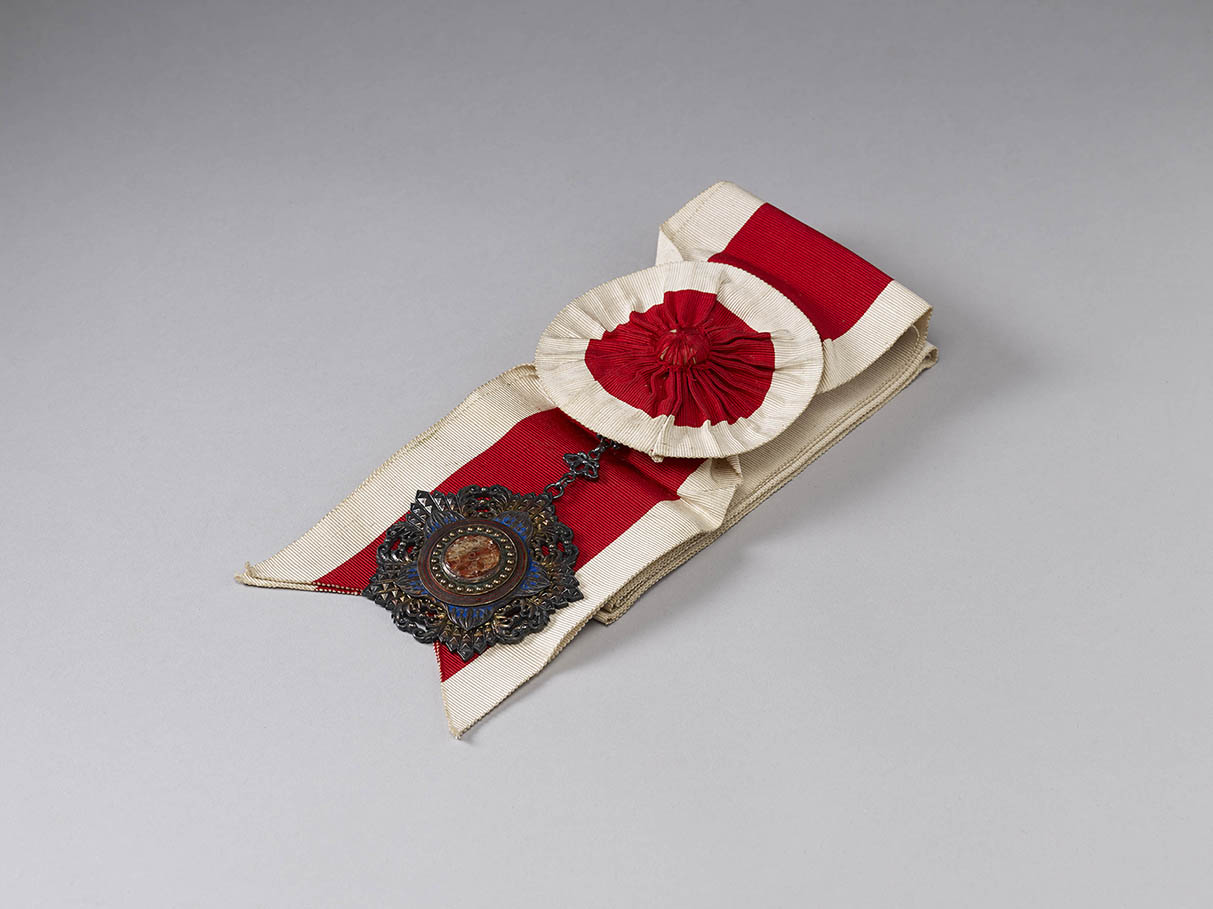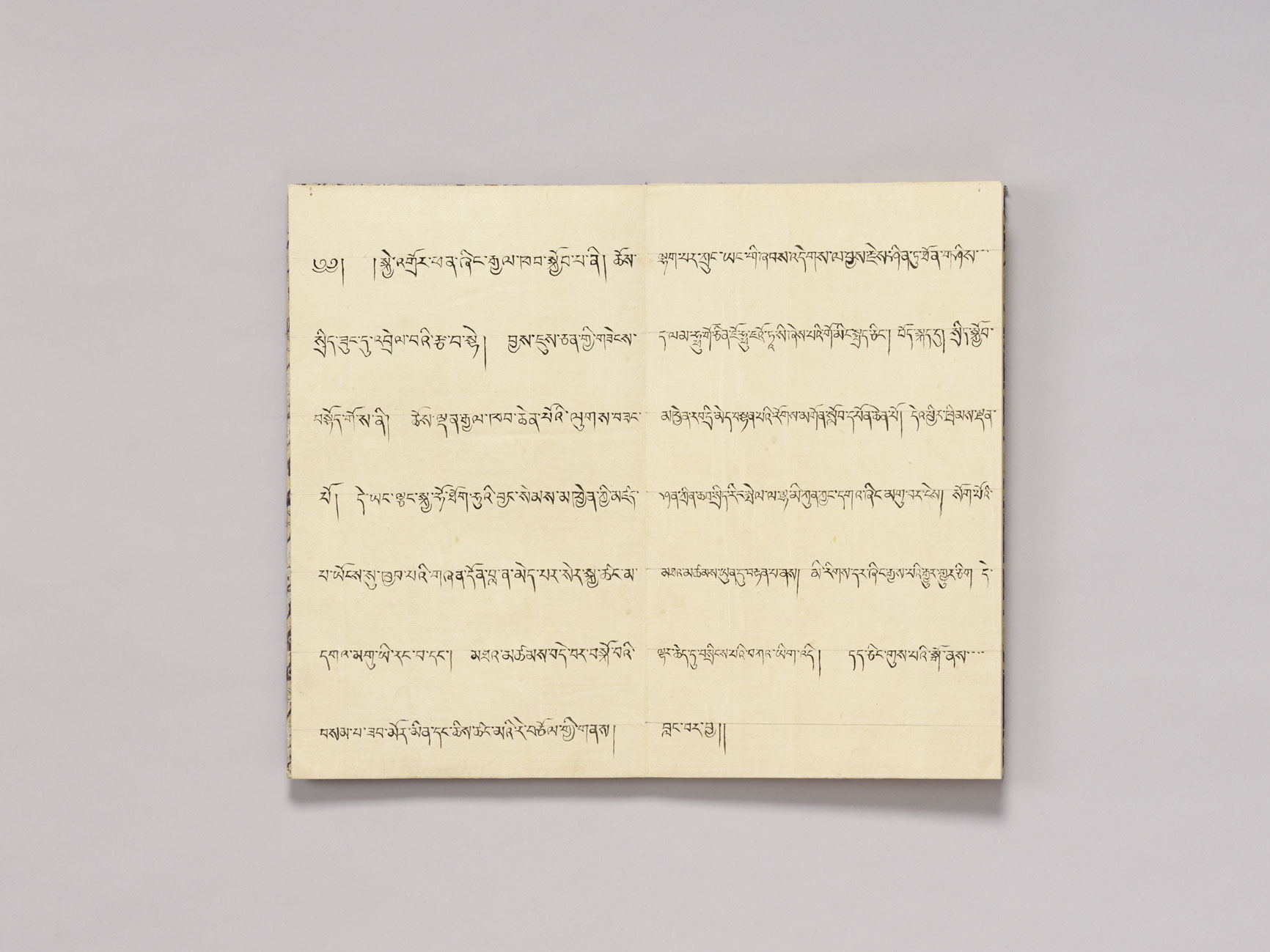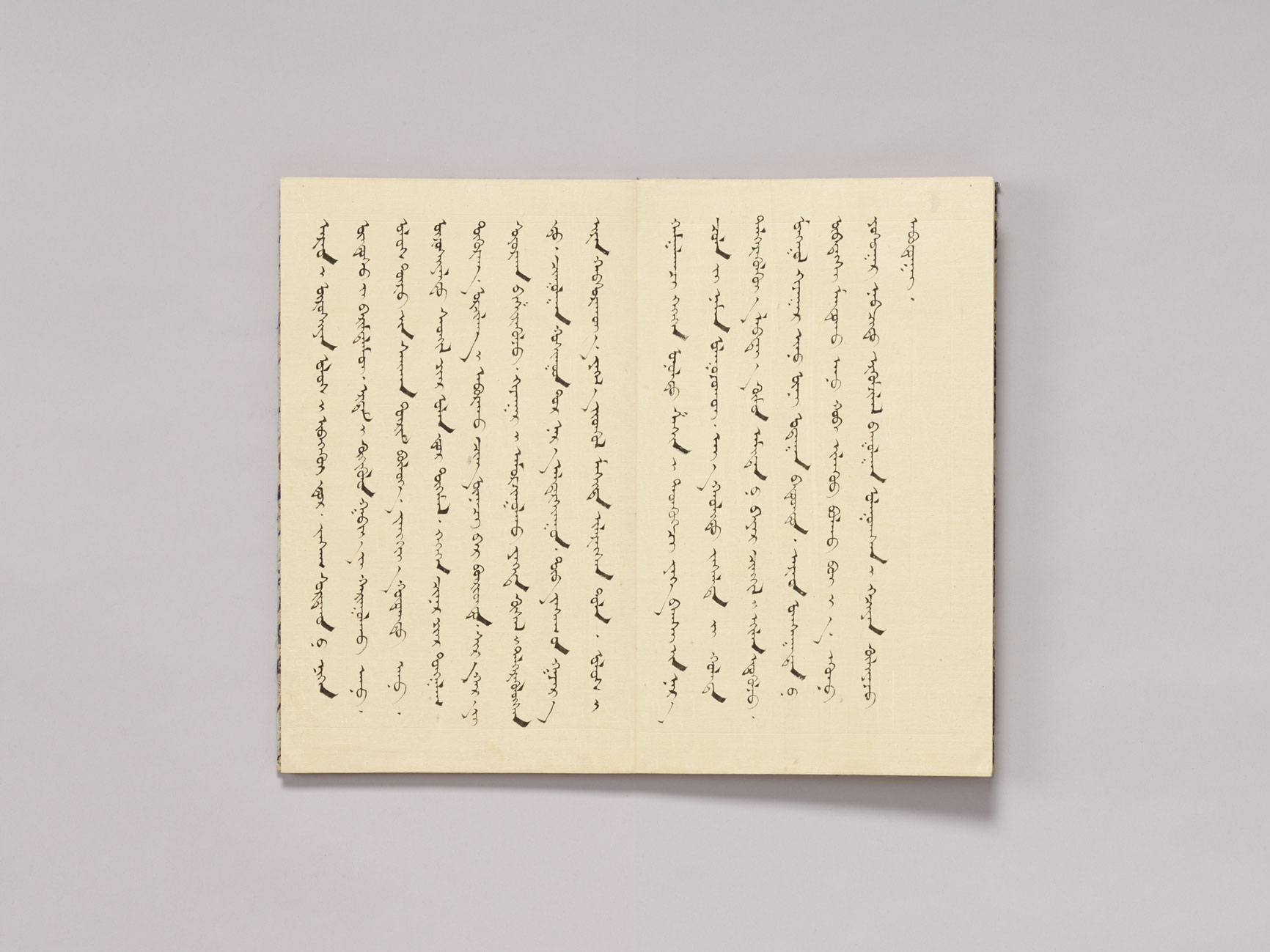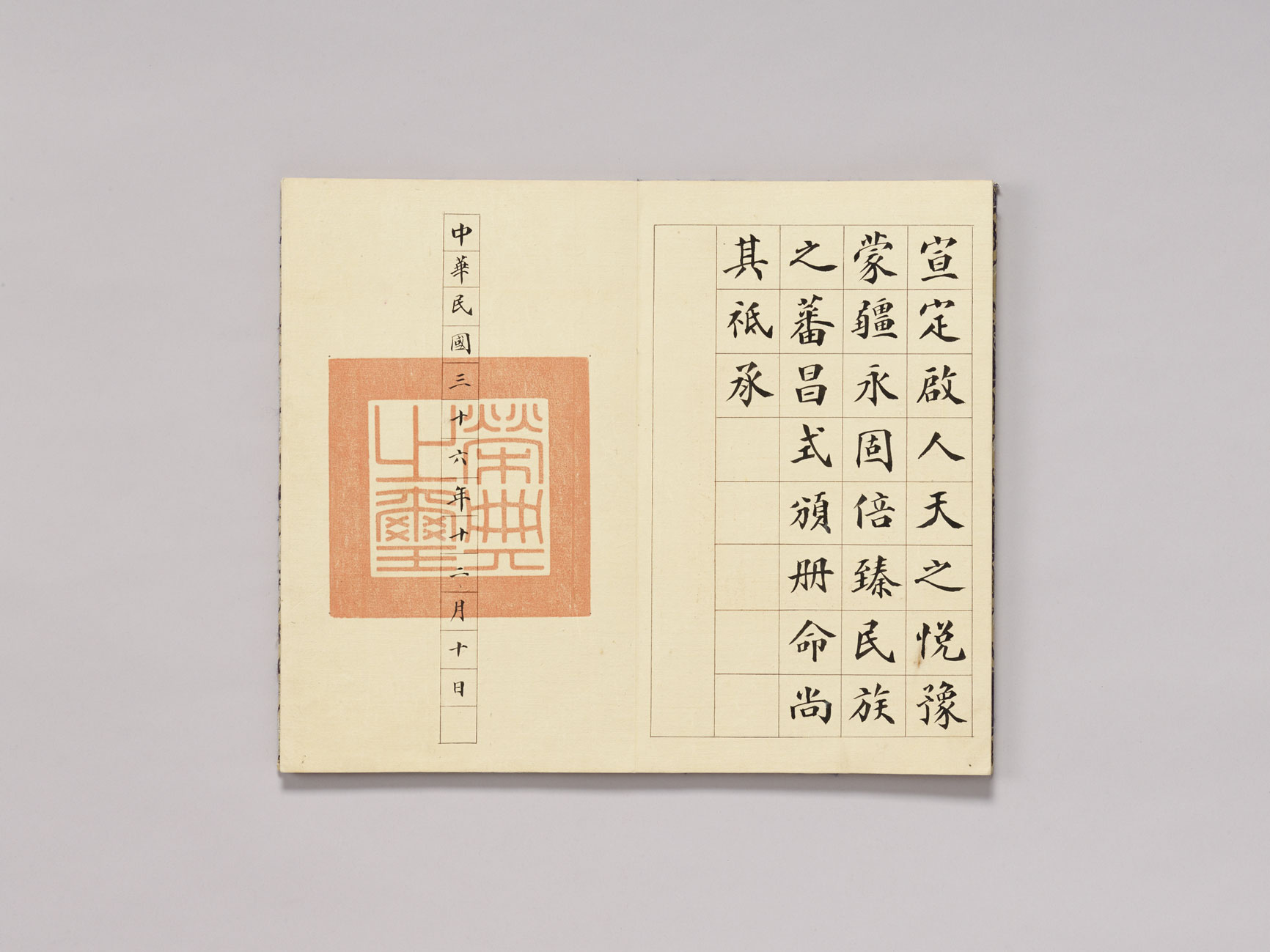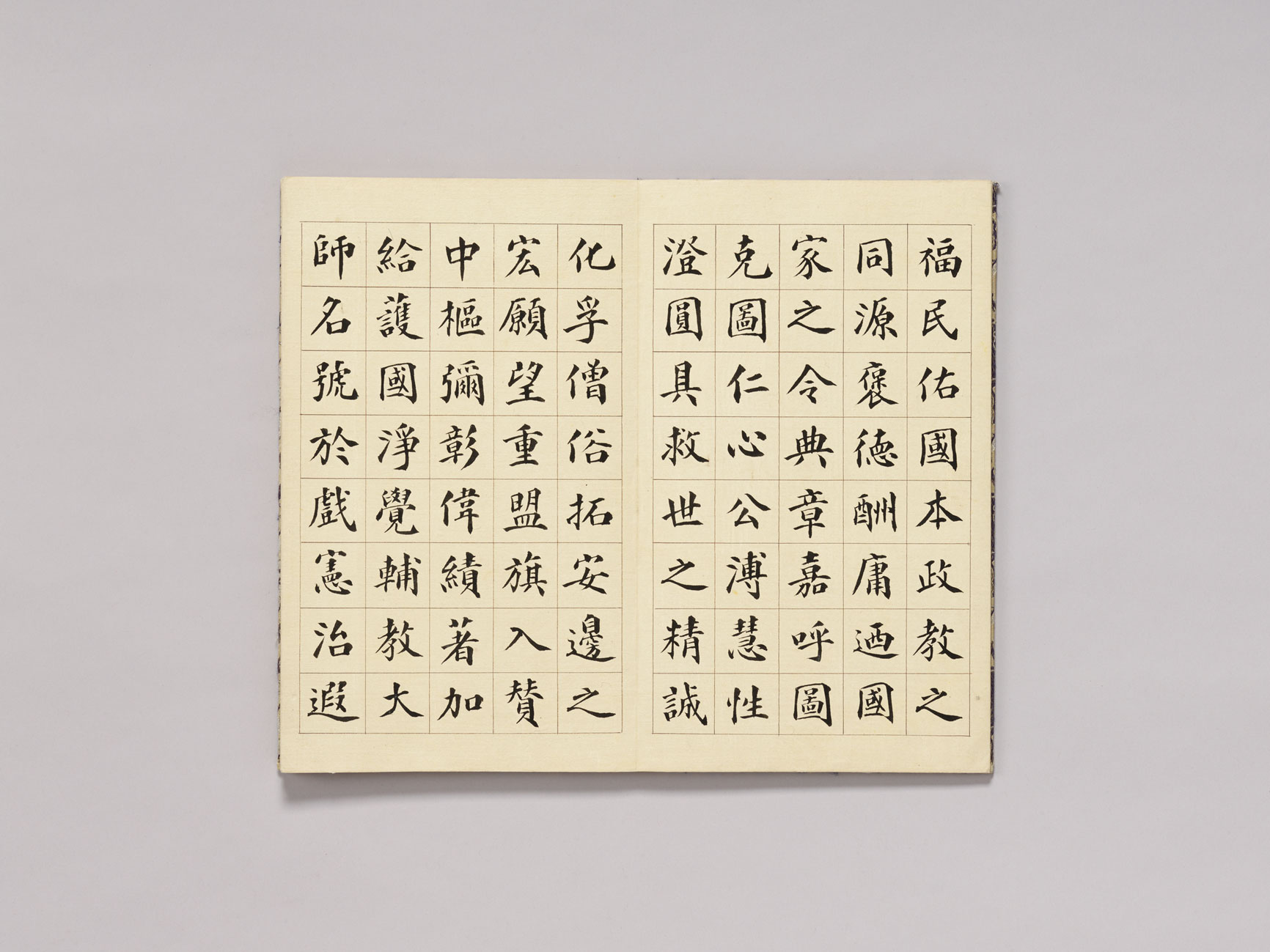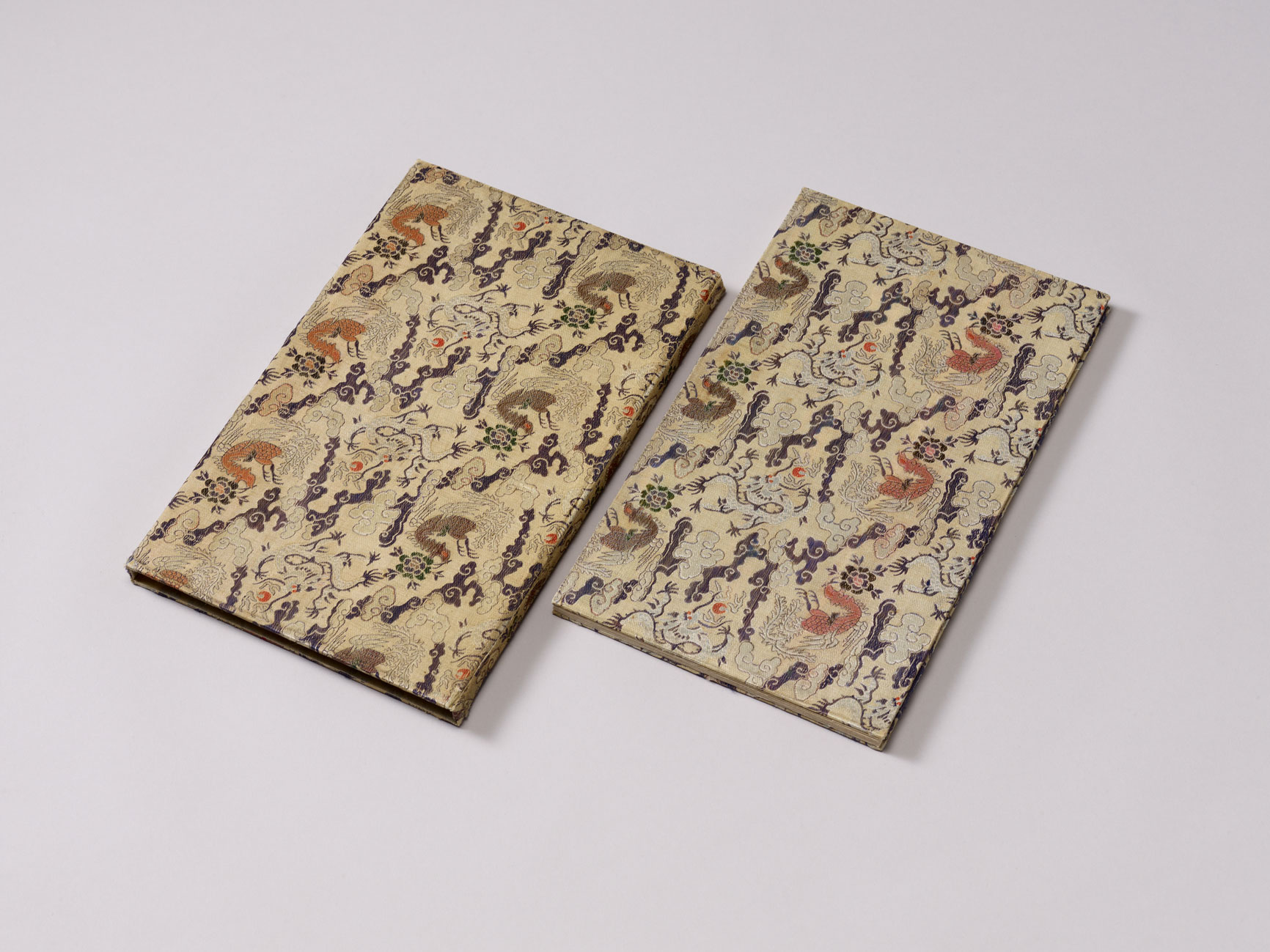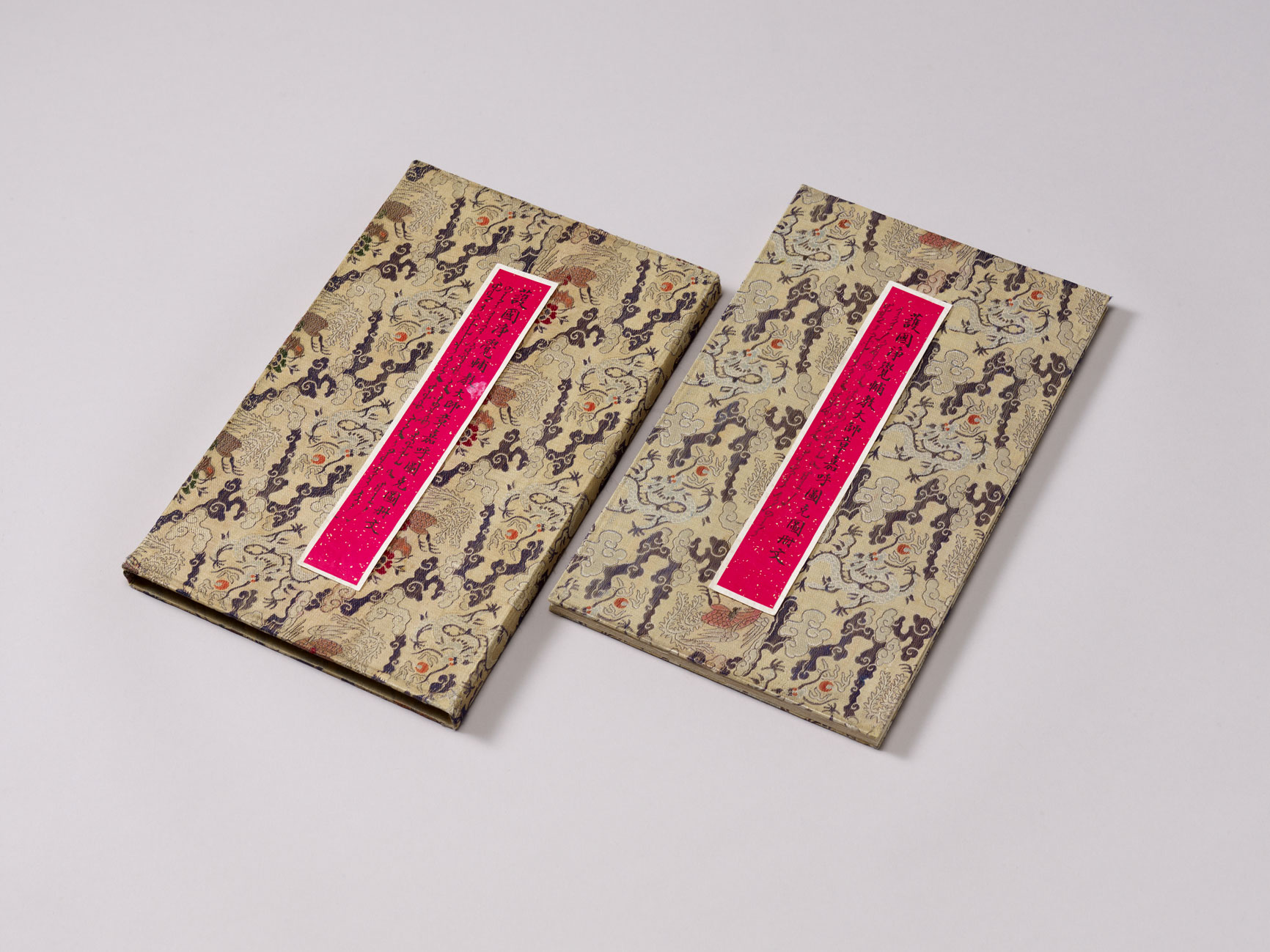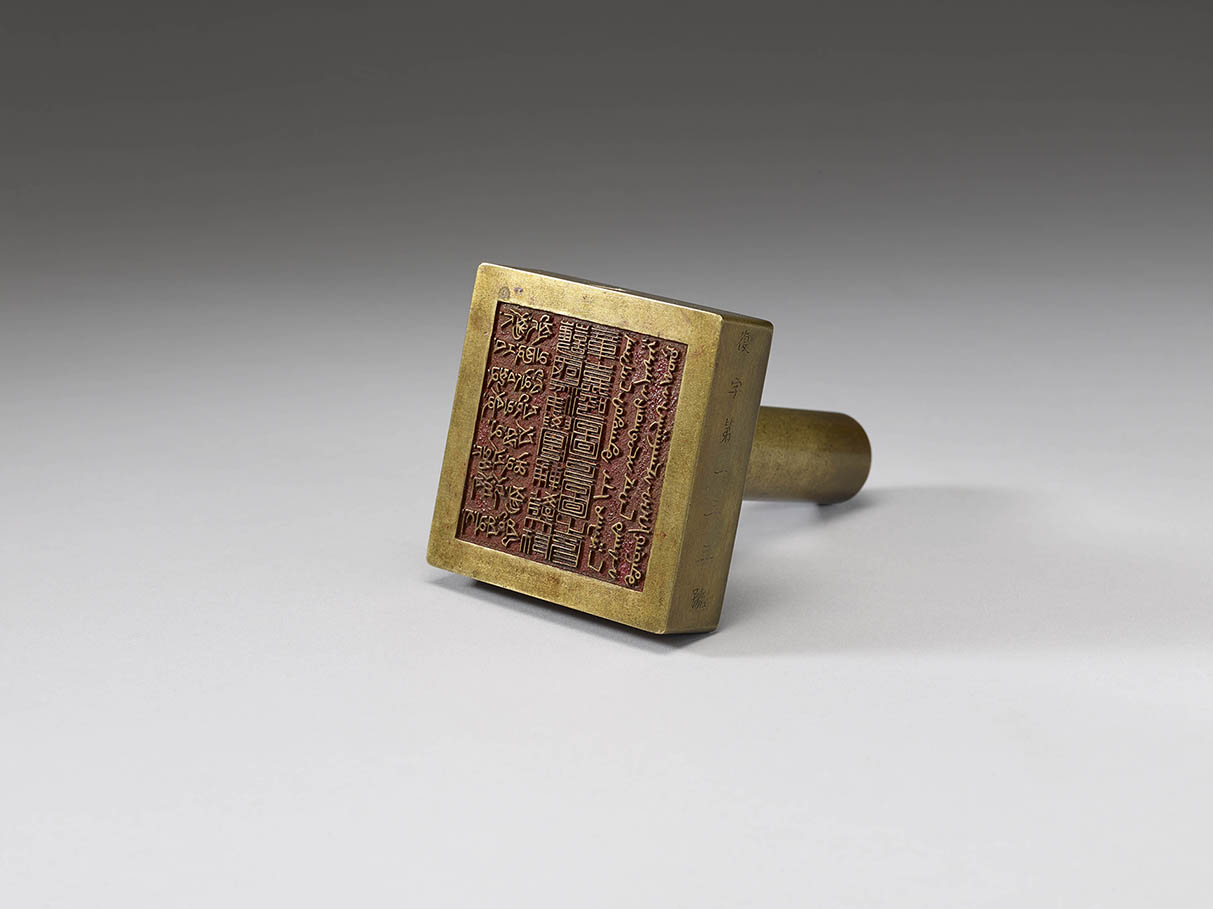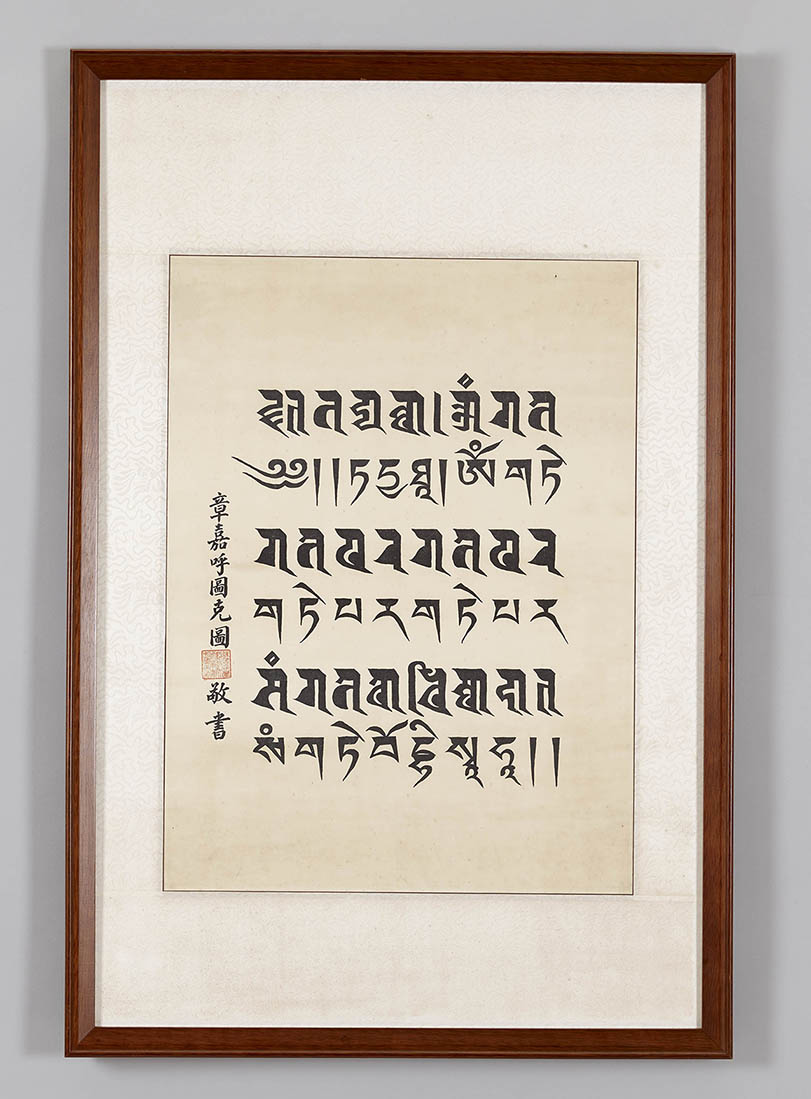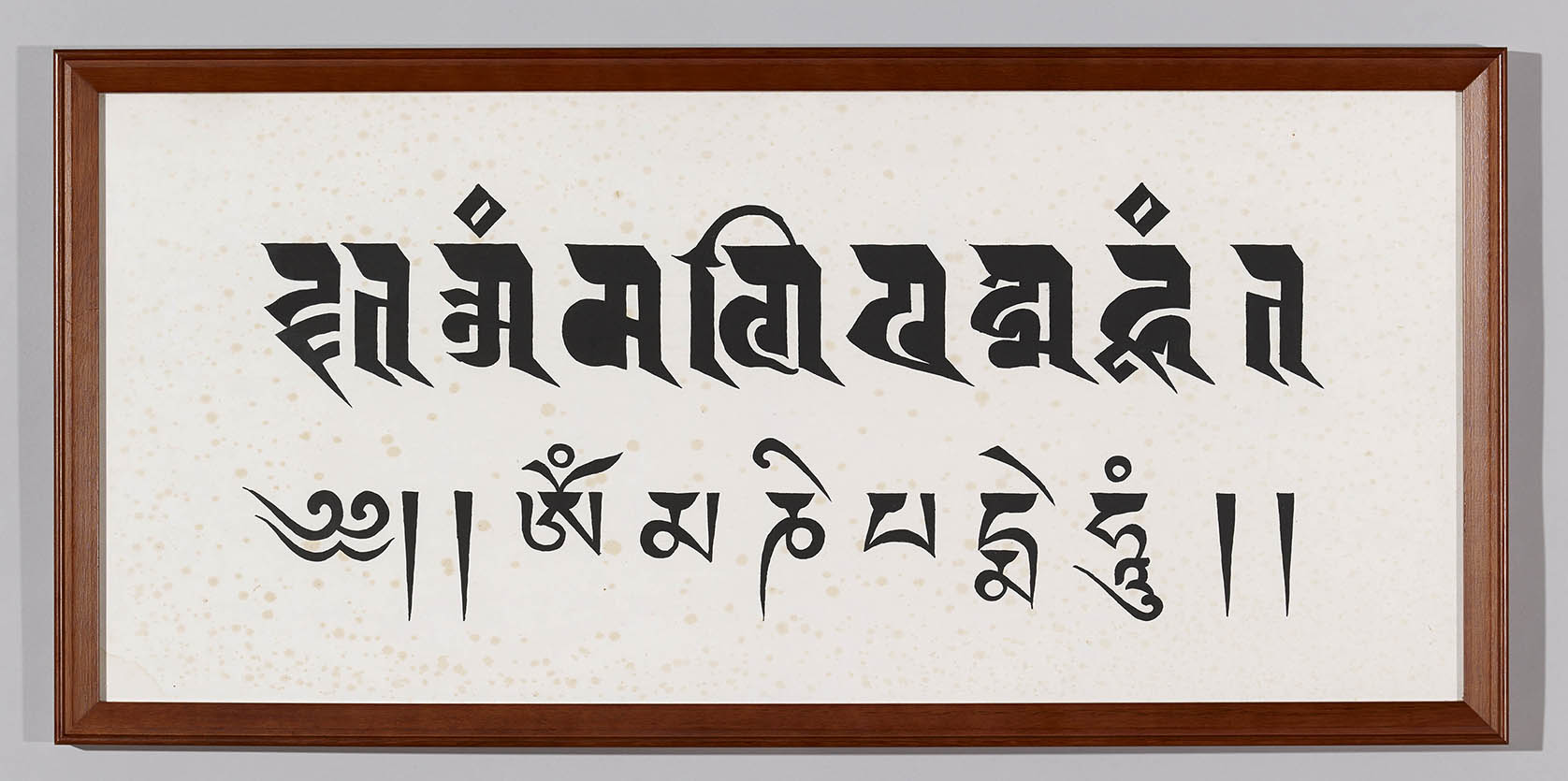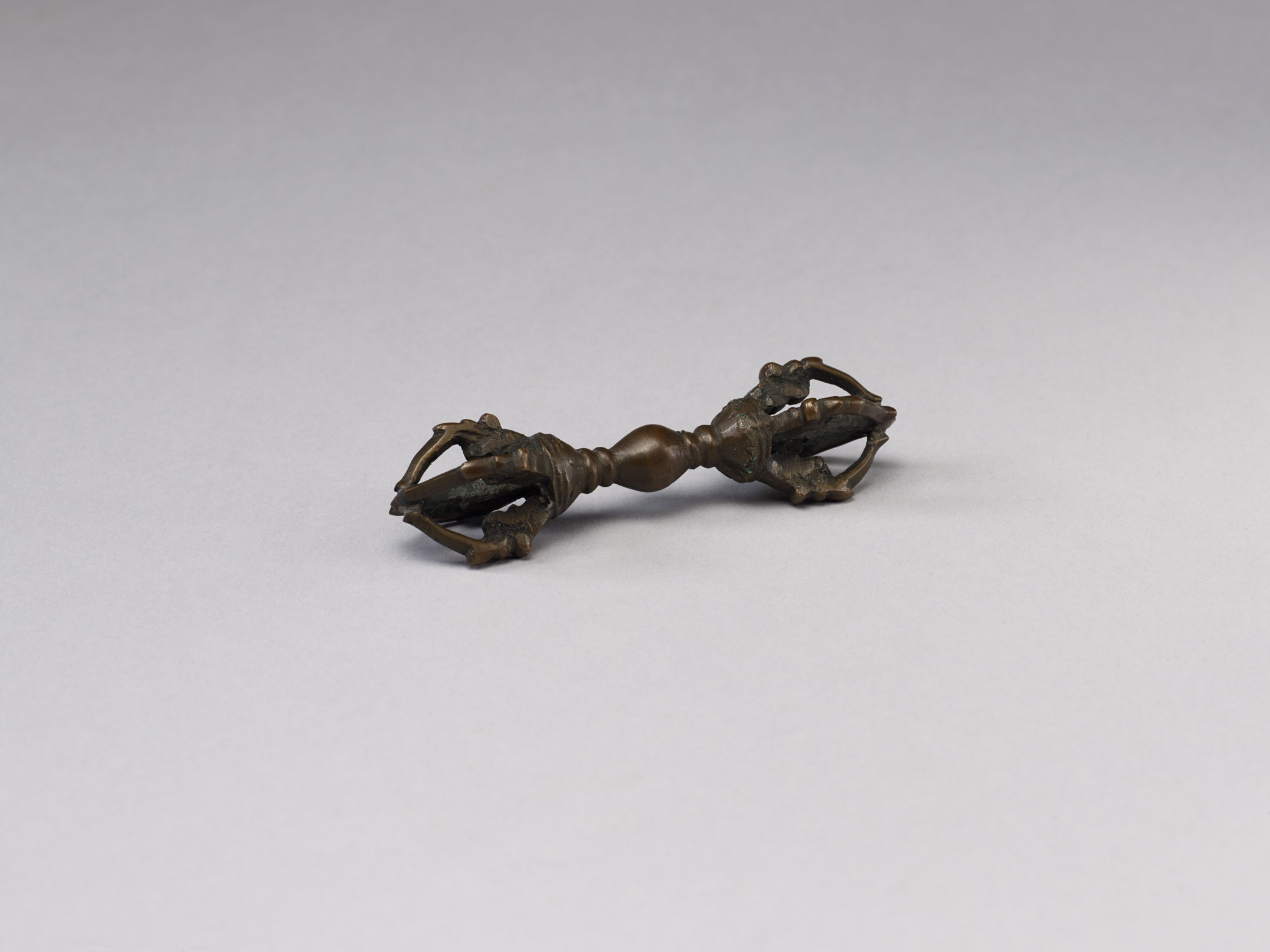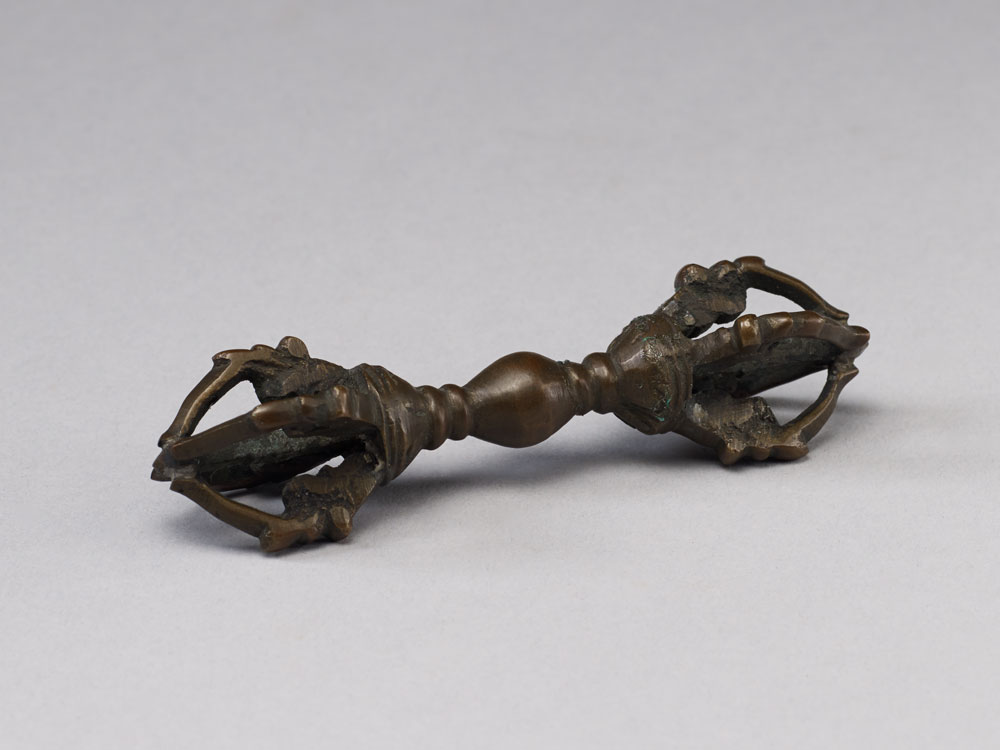The Changkya Khutukhtu of Amdo and the Jebtsundamba Khutuktu of Mongolia
The Changkya Khutukhtu was the highest-ranking khubilghan of the Gelug lineage in Inner Mongolia, Amdo (a traditional Tibetan region) and Beijing during the Qing dynasty. The title originated in the Kangxi reign (1661-1722), when the emperor conferred the title of Khutukhtu on the Second Changkya and presented him with a gold seal naming him Great State Preceptor.
The Qing dynasty saw six Changkya Khutukhtus, from the Second to the Seventh. The Jebtsundamba Khutuktu was the highest-ranking khubilghan of the Gelug lineage in Outer Mongolia during the Qing dynasty, which saw a total of eight Jebtsundamba Khutuktus, from the First to the Eighth. Losang Denpai Gyaltshan (1635-1723) was the First Jebtsundamba Khutuktu, and the title was awarded to him by the Fifth Dalai Lama (1617-1682) during his stay in Tibet studying Buddhism. In the 57th year of the Kangxi reign (1718), the emperor bestowed upon the First Jebtsundamba Khutuktu the title of Leader of the Yellow Sect in Outer Mongolia.
This section presents artifacts from the Museum's collections that relate to the Third Changkya, Rölpé Dorjé (1717-1786), who lived in the Qianlong reign (1735-1795) and is the most famous of his lineage. It also features objects that belonged to the Seventh Changkya (1891-1957) who relocated to Taiwan together with the Republican government. Included in this lineup of exhibits are his religious paraphernalia, correspondence and written works, on loan for the first time from the Ministry of Culture's Mongolian and Tibetan Cultural Center. For the Jebtsundamba Khutuktu lineage, the exhibition focuses on important documents in the Museum's collection relating to the two most influential leaders, the First Jebtsundamba (1635-1723) of the Kangxi reign and the Eighth Jebtsundamba (1869-1924) in the late Qing dynasty.
Astride Two Centuries: the Seventh Changkya Khutukhtu
Born in the late Qing, the Seventh Changkya (1891-1957) had fled to Xian with Empress Dowager Cixi. After the founding of the Republic of China, he acted as a coordinator between the government and the Mongolian and Tibetan people, settling in China and becoming a highly revered figure. Having relocated to Taiwan with the Nationalist government, he served as the first President of the Buddhist Association of the Republic of China. This exhibition marks the very first time the objects belonging to the Seventh Changkya are being put on display.
The photograph on which this portrait of the late Seventh Changkya Khutukhtu was based was likely taken in the 1940s. The artist Chen Zishan was known for his portraits of early Republican-era revolutionaries and founding fathers of the new China. The other half-body portrait of the Seventh Changkya was also painted by Chen, and was likely based on a photograph of the religious leader receiving the Order of Brilliant Jade with Grand Cordon. Both works exhibit a calm color scheme and heavy texture. The true-to-life image fully reflects the painter's artistry.
Order of Brilliant Jade with Grand Cordon
- Republican era
- Collection of the Mongolian and Tibetan Cultural Center, Ministry of Culture
The Order of Brilliant Jade with Grand Cordon is the highest honor awarded by the government of the Republic of China, and it is by law donned by the President. When relocating from Taiyuan to Nanjing in 1936, with Peking at the time in a perilous state, the Seventh Changkya Khutukhtu was awarded by the government with the Order of Brilliant Jade with Grand Cordon, and it was indeed an extremely rare honor in unusual circumstances.
Certificate of Acknowledgement presented to the Seventh Changkya Khutukhtu
- Dated December 10, 1947
- Collection of the Mongolian and Tibetan Cultural Center, Ministry of Culture
In April 1947, the Seventh Changkya Khutukhtu was elected to the Council of the Nationalist Government and given the title Huguo Jingjue Fujiao Dashi (Protector of the Nation, Awakened Guardian of the Teachings, Great Master Changkya Khutukhtu), together with a certificate of acknowledgement and a seal. This title led to the religious leader being referred to as "Master Changkya."
Bronze seal of the Seventh Changkya Khutukhtu
- Dated November of 1951
- Collection of the Mongolian and Tibetan Cultural Center, Ministry of Culture
This official seal in Tibetan, Chinese, and Mongolian scripts was presented by the government to the Seventh Changkya Khutukhtu on the occasion of his investiture. The inscription reads, Huguo Jingjue Fujiao Dashi Zhi Yin (Seal of the Protector of the Nation, Awakened Guardian of the Teachings, Great Master Changkya Khutukhtu).
The Prajñāpāramitāhṛdaya sūtra hand-written by the Seventh Changkya Khutukhtu
- Republican era
- Collection of the Mongolian and Tibetan Cultural Center, Ministry of Culture
This is a mantra from the Heart Sūtra, the Prajñāpāramitāhṛdaya, handwritten by the Seventh Changkya Khutukhtu in Sanskrit and Tibetan scripts. The mantra reads, "tadyathā gate gate pāragate pārasaṃgate bodhi svāhā."
